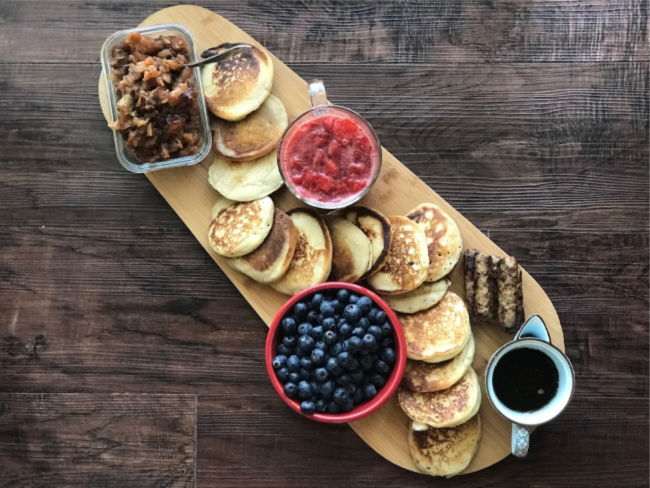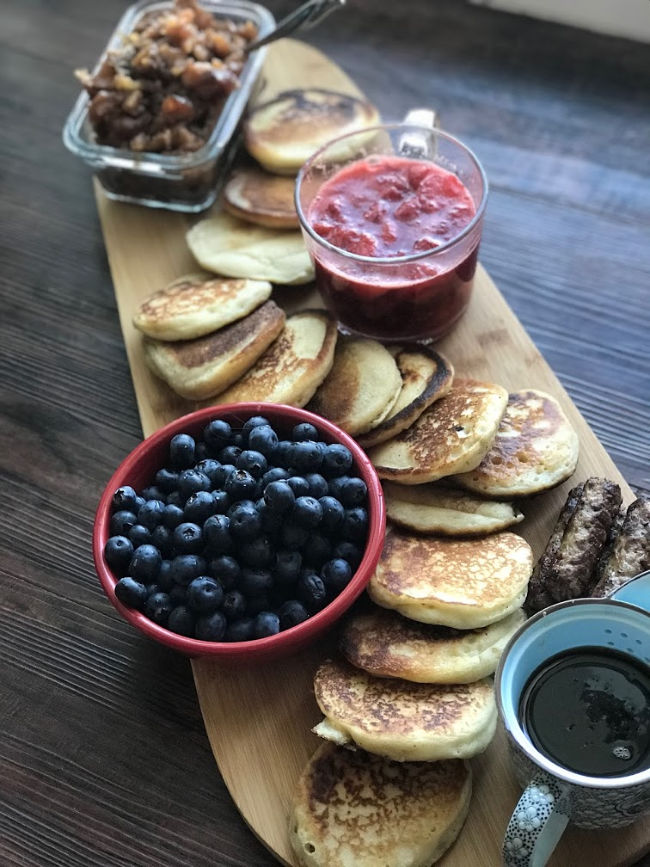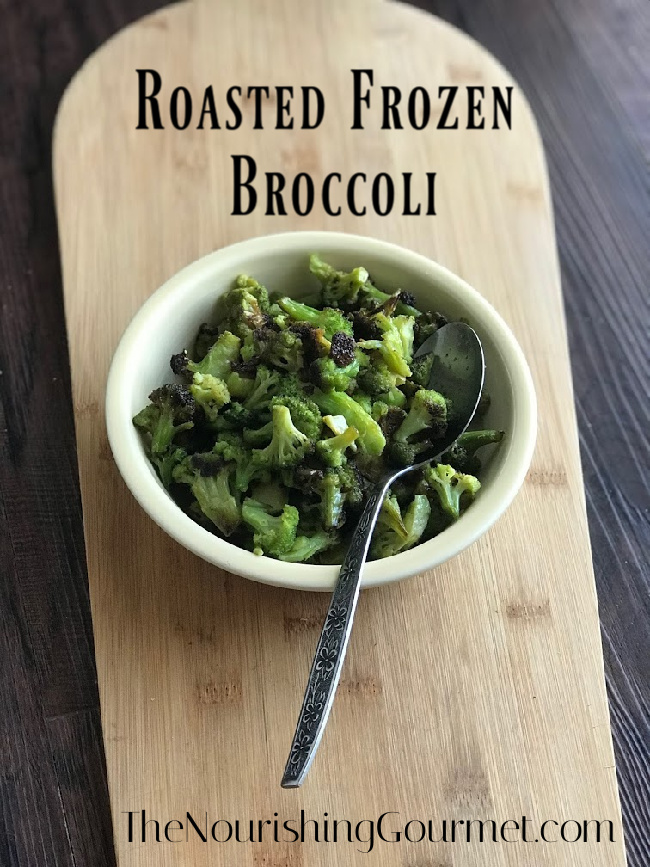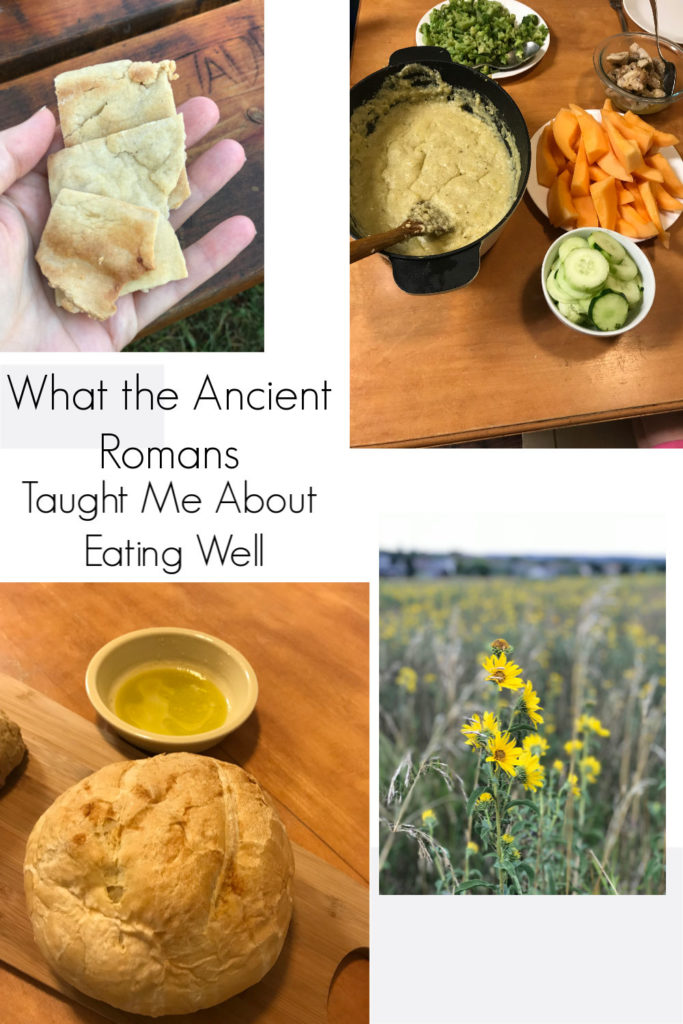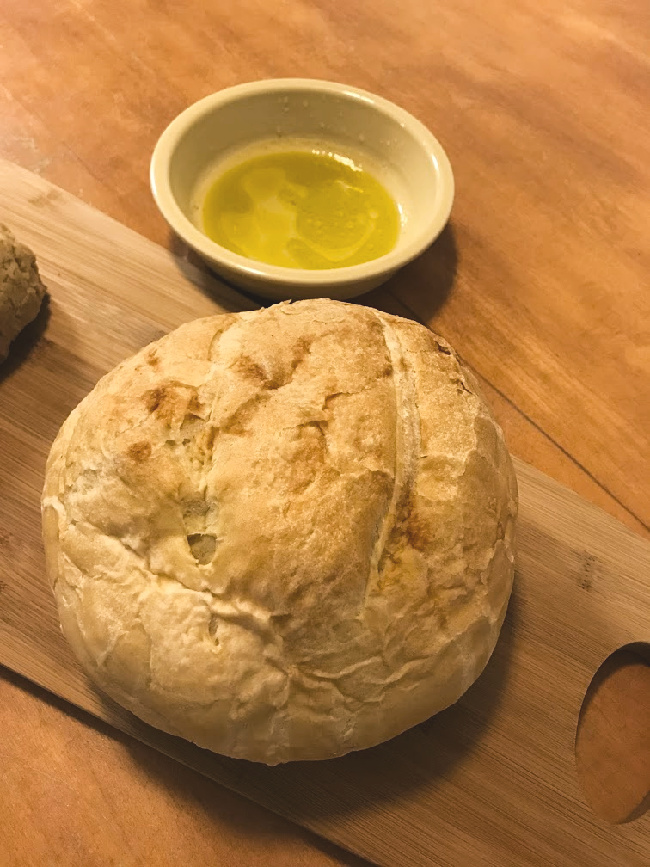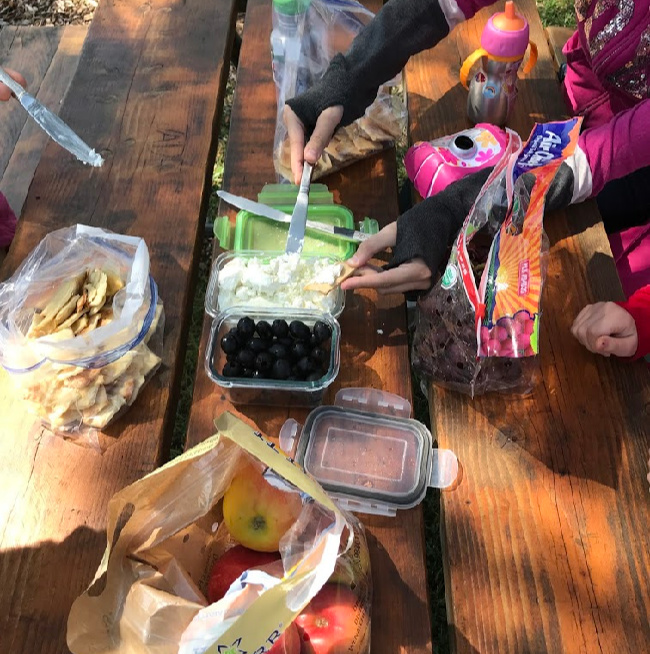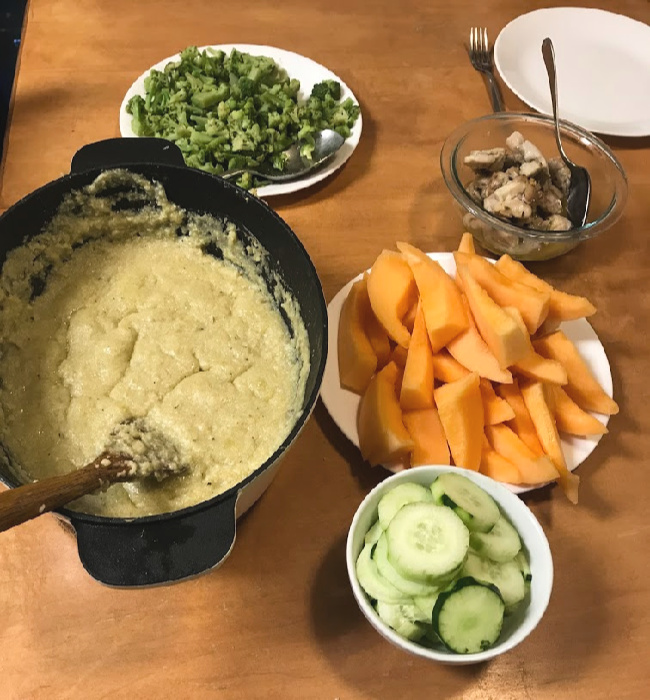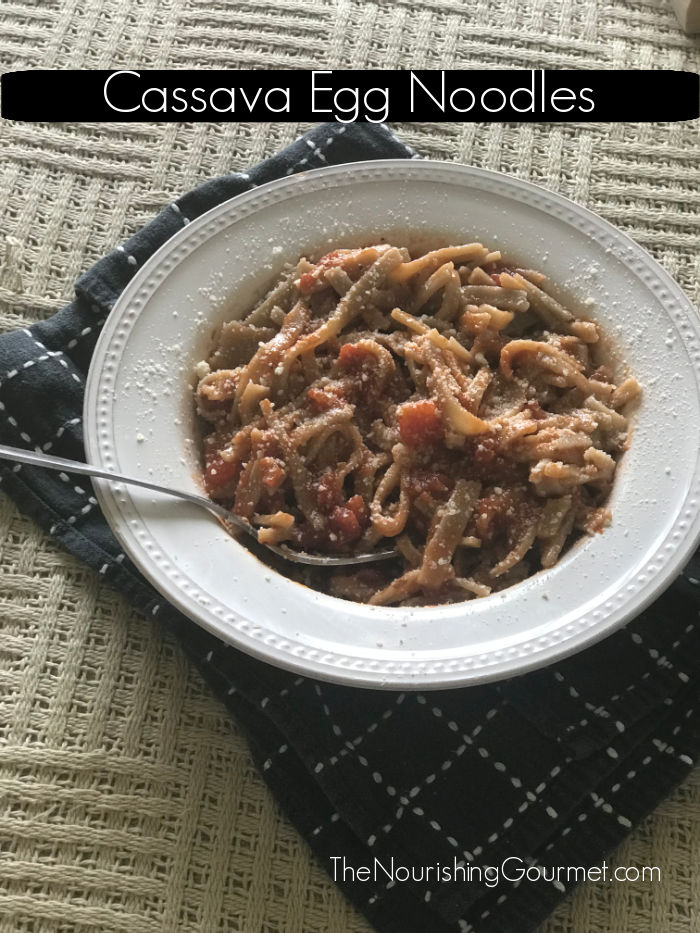
I love these noodles in a rich homemade chicken noodle soup. But my family also enjoyed them in a variety of noodle dishes. They are tender, grain-free, gluten-free, and delicious. Homemade noodles are the perfect comfort food, and who doesn’t need a little comfort food right now? We happily ate our way through various adaptations of this recipe.
Cassava flour is made from the whole cassava root and as such is grain free. It should not be confused with tapioca flour, which is its refined counterpart. Cassava flour is loved for its more neutral flavor, and its ability to be used more readily in replacement of wheat flour.
What brand to buy? While I haven’t tried all of the brands out there, I do know that different brands may result in slightly different results. I had success using Otto’s Cassava flour, Thrive Market Cassava flour, and Pamela’s Cassava Flour. (By the way, I love ordering from Thrive Market! You can sign up with my partner link if you haven’t already.)
Are these noodles like wheat noodles?
In short, no. They are going to be more fragile. I still miss the days of making regular noodles, as gluten makes a strong noodle. You are going to have to use a light touch when handling these, and don’t get frustrated if they break into smaller pieces. That said, they are delicious when cooked, and with practice, I’ve been able to whip these together quickly.
Ways to Enjoy Cassava Noodles:
- Delicious in soup, such as the classic chicken and noodle soup
- Scrumptious served with melted butter and parmesan
- Serve with a traditional tomato meat sauce
Cassava Egg Noodles
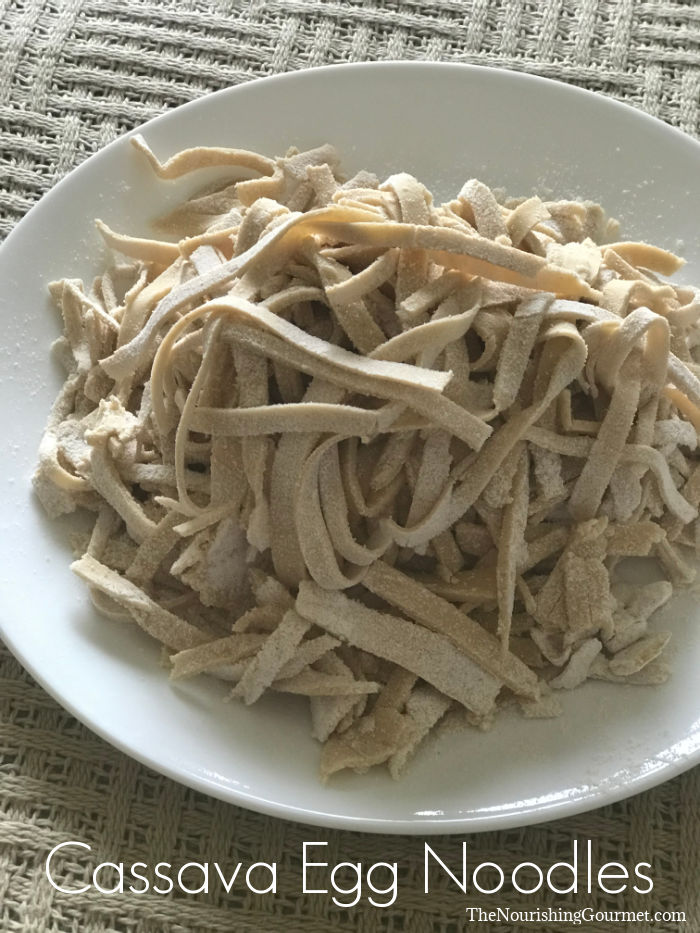
2-3 servings
- 1 cup of cassava flour
- 1/4 teaspoon salt
- 1 large egg
- 1 tablespoon olive oil (or oil of choice)
- 1 tablespoon water
- Salt for boiling water
(This recipe can be doubled, just boil in a large pot.)
1. Bring a medium-sized pot of water to a boil on the stove while preparing noodles.
2. In a medium-sized bowl, stir together flour and salt. Add the egg, oil and water, and whisk together until the mixture forms into a dough. Gently knead with your hands. The dough should be fairly firm, but not dry (or wet). You can add more flour or water, as needed.
3. Roll out on your largest cutting board (can do in batches if needed): Dust surface with extra flour, place dough on top, and dust flour on top of the dough. Using a gentle touch, roll out the dough into a rectangle, until it gets between ⅛-¼ inch thick.
4. Cut the rolled-out dough into desired size strips using either a sharp knife or a pizza cutter. I’ve cut them into tiny strips, and also into wide fettuccini sizes trips (around ½ inch).
5. Salt the boiling water well, and add noodles to the pot. You want to keep the water at a gentle simmer. Cook for 3-4 minutes, until the noodles are just soft and cooked through, but still a little firm. Pour through a heat-safe sieve in the sink and give a quick rinse with cold water.
6. Serve right away as desired.
